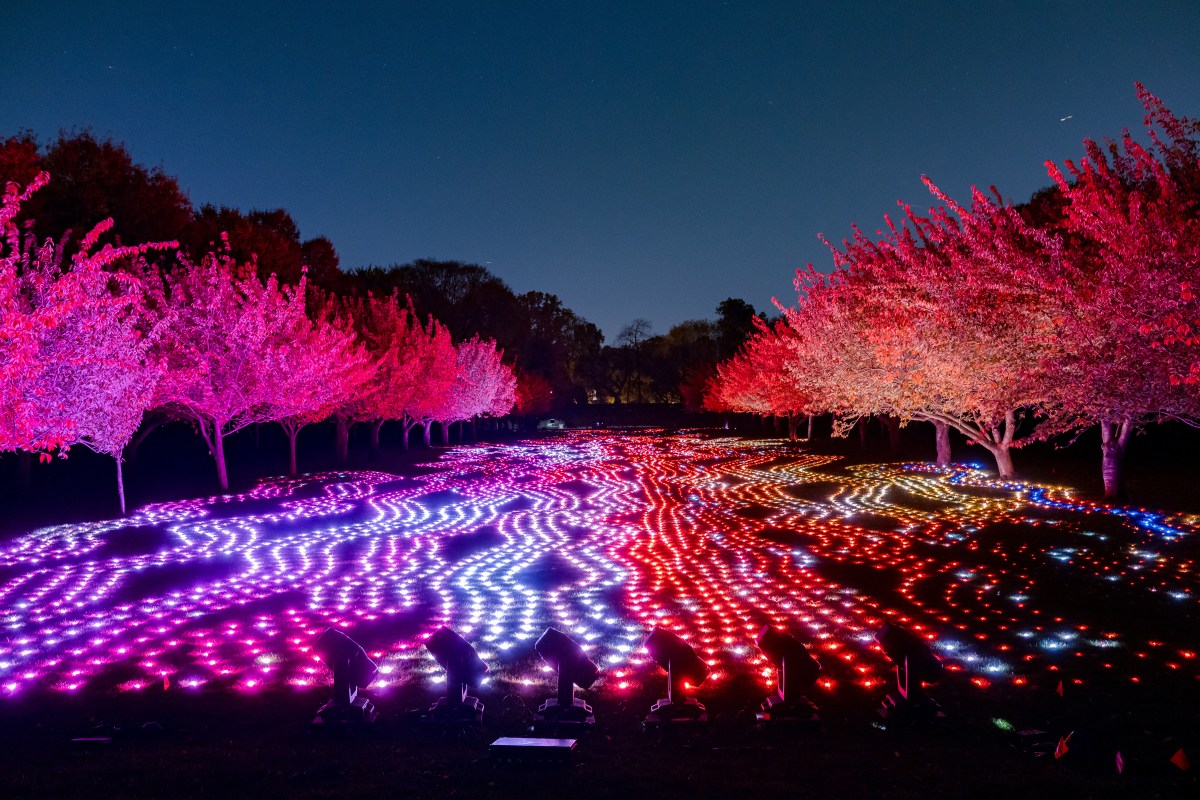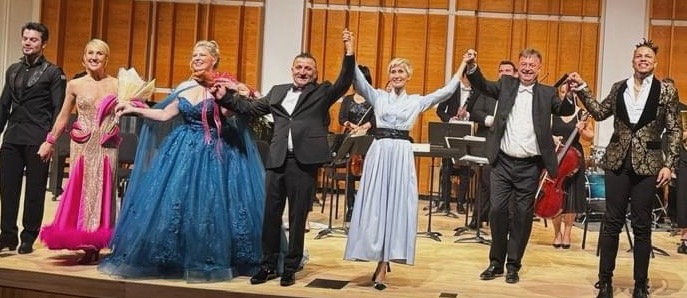His looks are iconic: Tall, gaunt and stitched together like a rag doll with bolts jutting out of his neck. It’s Frankenstein’s monster and "it’s alive!" — now more than ever.
This year marks the 200th anniversary of the publication of Mary Wollstonecraft Shelley’s dark novel "Frankenstein" and the Morgan Library and Museum and the New York Public Library is putting on what could be their creepiest and largest exhibition ever called "It’s Alive! Frankenstein at 200."
From portions of the original, handwritten manuscript to movie memorabilia, original macabre artworks and even early scientific instruments and surgical tools that Dr. Frankenstein would have used, the story is brought to life before your eyes.
"The Morgan documents the history of media to see how stories are influenced by art and culture, and here, you see a story getting its own life," said John Bidwell, The Morgan’s Astor curator and department head.
The exhibit shows how Frankenstein’s inception was a product of Shelley’s upbringing as the daughter of writers and philosophers Mary Wollstonecraft and William Godwin, who also ran a publishing company, but that it was also inspired by the popular literary genre, dark romanticism, and new science like galvanism — the act of reanimating a corpse with electrical current.
Artworks and books that were popular during Shelley’s childhood are striking to behold at the beginning of the exhibit, including an original "The Nightmare" by Henry Fuseli, which is said to have influenced "Frankenstein" directly.
A few feet away lay surgical tools from 1790, an air pump machine and the first-ever electric battery with artistic depictions of real surgery performances — all paint a clearer picture of Dr. Frankenstein’s lab.
Pieces of Shelley’s manuscript and the first edition copy she kept to make edits in is awe-inspiring and reminds the viewer that an 18-year-old woman’s first novel from 200 years ago is as relevant today as ever.
The tragic creature itself has been pictured as a green barbarian on stage (the play "Le monstre" in the 1820s in Paris), a sewed-up freak on film ("Mary Shelley’s Frankenstein" with Robert De Niro) and has been parodied as a love-sick loner in comedy ("Young Frankenstein").
Just like how the monster, who many misidentify as Frankenstein, has taken different forms over the course of two centuries as writers, playwrights, filmmakers and others try to adapt Shelley’s story, it’s also taken on different meanings through the years, which can be seen in posters and film memorabilia throughout the exhibit.
"The story keeps throwing out new meanings," said Elizabeth Campbell Denlinger, the exhibit’s curator from the NYPL. "We are still no closer to having clear ideas of who or what is human. In this political atmosphere, there is suspicion and assumption of falsity. The story shows the creature trying hard to tell the truth of his life and he is hurt."
After its official opening on Friday, the monster and his story will be the subject of a slew of events at the Morgan, including readings, a college Monster Masquerade, gallery talks and film screenings, including "Bride of Frankenstein" and "Gods and Monsters."
For more information, go to themorgan.org.

































